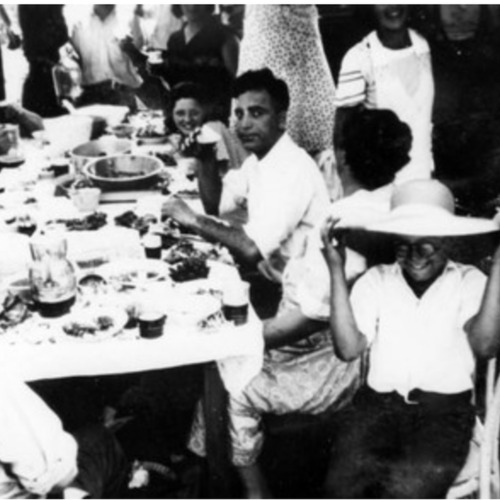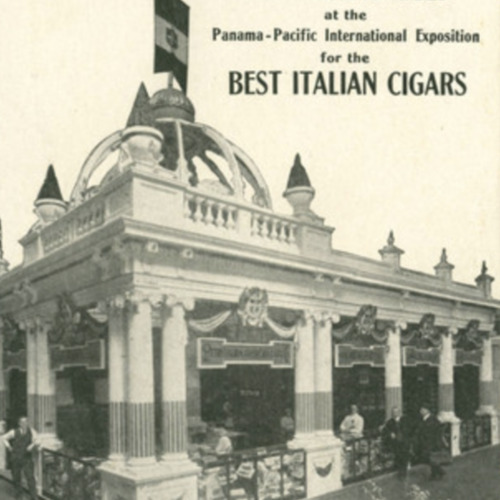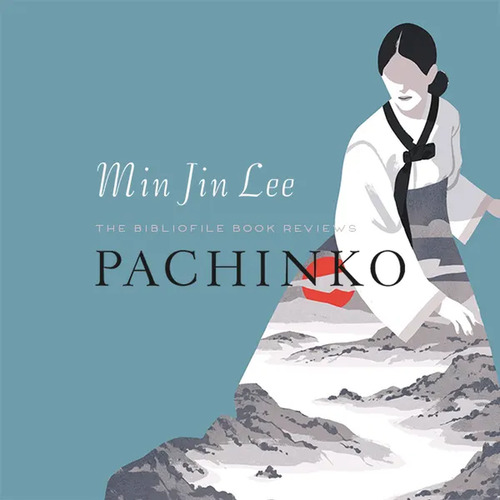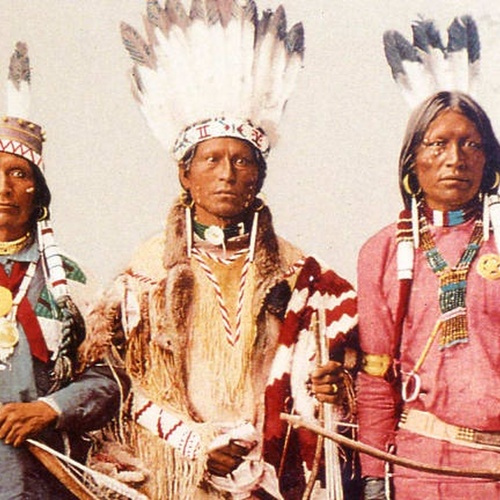Browse Exhibits (171 total)
Self-Identity and Cultural Journey

As a son of an immigrant and a second-generation parent, culture has influenced our household. Neither of my parents are from the same culture, and while they have similarities, they each are distinct through the hardships both of them have gone through. On my mom’s side, her father faced the direct impact of the Nagasaki Bombing, being five kilometers away from ground zero. Luckily, being alive and well, many of his friends and family were not so fortunate. On my dad’s side, his parents faced the intense racism and discrimination that was occurring with Chinese people in America in the early 20th century. Living through poverty and seeing the rise of violence within Chinatown, they viewed the world a little differently than many others at the time. Both carried an immense amount of weight when it came to my parents’ viewpoints, thus my own. Through this exhibit, I wanted to research the cultural and self-identity journey many face through cultural hardships and dissociation, appreciating the diverse and evolving process that shapes modern culture across generations.
Click through the side bar menu, from top to bottom, to see the exploration of self-identity through culture reflected upon modern day literature.
The Foundation of Christian Sense of Self
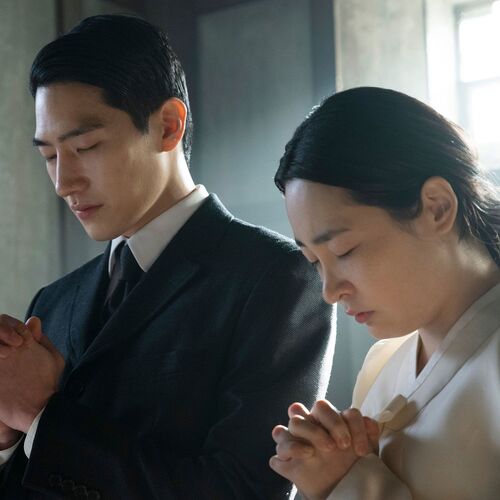
This Exhibit seeks to inform about the influence of Christianity on the identities of Olaudah Equiano, as seen in his Interesting Narrative, and the Baek family, whose piety helps guide them throughout the novel Pachinko.
Throughout his Interesting Narrative, Olaudah Eqiano describes himself in a very holy light, referencing numerous books and verses in the bible and sharing his moral truth with his audience. His piety was palpable; his narrative became a success in England, with many quick to share their thoughts on his work. However, as a freed slave living in England in the late 18th century, Equiano is very deliberate in how he presents himself, so his work can actually be read and considered in schools of thought back then.
Similarly, in Pachinko, Sunja undergoes a complete religious transformation throughout the novel. She goes from never having been in a Church to attending mass weekly with her son later in life. Christianity and her conversion marks her departure from Korea and everything she had known. Min Jin Lee uses biblical characters and stories to represent the Baek family saga, using their religious beliefs as a tool to show Sunja and her children's journey through Japanese society.
Using the historical context of Colonialism and the spread of Christianity throughout Japan, Korea, and the West Indies, I seek to compare and contrast the two environments represented in Pachinko and The Interesting Narrative of Oluadah Equiano and come to a conclusion surrounding the influence of Colonization and transculturation on the conversion of the peoples oppressed by these systems.
Generational Trauma in There There and Pachinko

Introduction
In both There There and Pachinko, the characters face violence and trauma. This violence and trauma affects generations, as represented in the novels through the characters' experiences and struggles. Both Orange and Lee highlight the struggles the characters in these novels face when assimiliating and figuring out their identities. Orange strongly highlights the "colonist perspective," emphasizing how Native Americans have been oppressed for years. As a result, their stories are underrepresented and not well understood, leading to them being stereotyped and discriminated against. Similarly, Lee also argues for the colonist perspective, showing that Koreans dispersed from their homeland, especially in Japan, have a hard time gaining acceptance and assimilating in a new society. Lee argues that Koreans resisting Japanese culture will only make them worse off and hard for them to get by. Lee also makes it seem as if Koreans in Japan will still not be able to get rid of their Korean roots even if they tried to compromise, as shown with Noa. Belonging is still out of reach even if Koreans tried to assimilate.
There There was set in contemporary Oakland. The 12 characters in this book are Indigenous people born and raised in Oakland, as well as those who relocated from reservations. Due to the colonialism the Native Americans faced, many of the characters have a hard time assimilating and figuring out their identity. For example, in Calvin Johnson's section, he says, “Yeah and my dad wasn’t home hardly ever, then one day he was really gone. He left us. So I don’t know, I feel bad sometimes even saying I’m native. Mostly I just feel like I’m from Oakland.” Additionally, Jacquie faced violence and trauma as a teenager when she was assaulted. This exhibit focuses on an in depth analysis on these characters.
Similarly, the first part of Pachinko was set in Korea while the second part was set in Japan. When Isak and Sunja move to Japan, they have a hard time assimilating, and the readers are shown how the Japanese look down upon the Koreans. For example, Noa, their son struggles with figuring out his identity, which unfortunately results in him taking his life. Being a Korean raised in Japan, Noa struggles with feeling accepted at school while still being a "good Korean" to please his father. This exhibit analyzes Noa, Mozasu, and Hansu in Pachinko and their roles when it comes to the theme of generational trauma.
To navigate this exhibit, click through the tabs on the right side.
Native American Print History
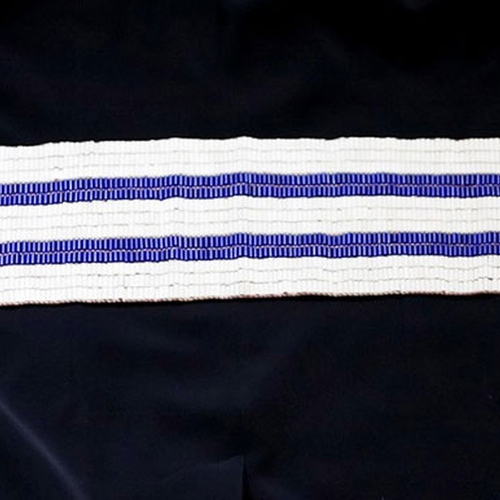
The history of printing in Native American culture shows how different forms of media have been used for centuries to preserve their culture and spread ideas.
The work I will examine from the premodern period is the Two Row Wampum. It served as an early form of communicative media before print existed and symbolized an agreement between Native Americans and European settlers.
For the early modern period, I researched the first edition of the Cherokee Phoenix newspaper from 1828. It marked a significant evolution in Native American journalism and print. As the first newspaper produced by Native Americans, it became a vital platform for political activism and social advocacy, addressing issues directly impacting Native communities (LaCourse 34).
In the contemporary era, literature like Tommy Orange’s novel “There There” continues to reflect and shape the narrative around Native identity and experience. The evolution from wampum belts to contemporary novels highlights the evolving nature of Native expression.
Asian Literature and the Print Culture Changes Over Time
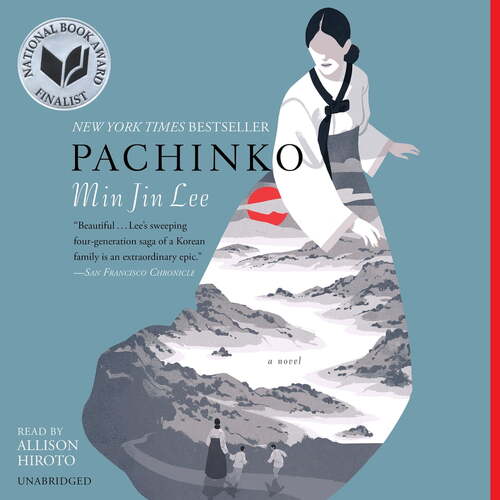
Over time, books have been a crucial part in developing and maintaining culture. They are the back bone to many religions, societies, sciences, and more. Thousands of years have gone by and books are still prominent today, one of the few items that still hold value in global society.
What's changed however is the way books have been made. The Offsett printing process used today hasn't always been used, and the practices of woodblock printing from over a thousand years ago is now not used nearly at all. In between these times, printing has evolved dramatically.
This exhibit explores Pachinko by Min Jin Lee, Jikji by the Baegun Gyeonghan, and the Diamond Sutra from the Tang Dynasty, all from very different time periods. This exhibit explores their printing process and demonstrates change and development in the printing world.
